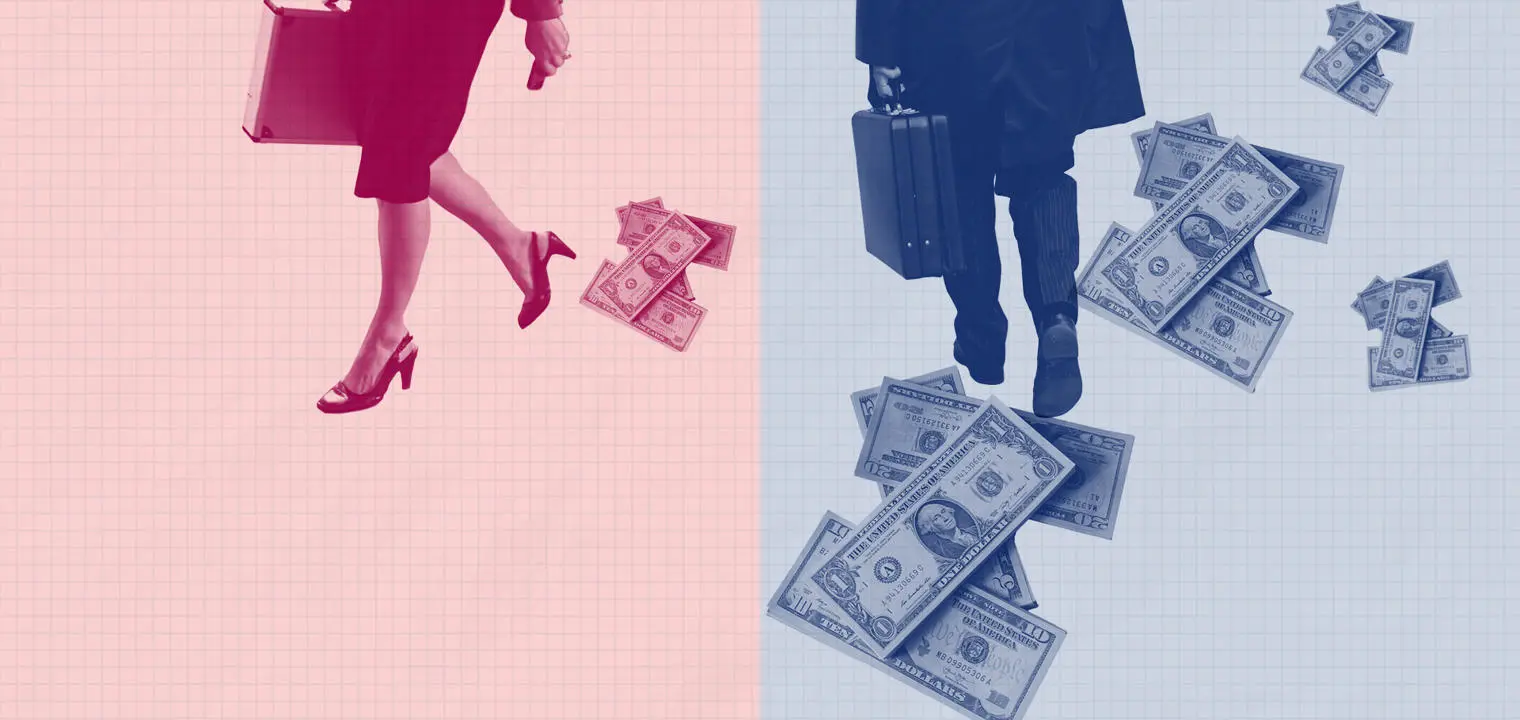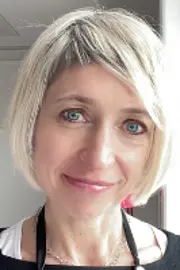Opening up new horizons to close gender disparities

Contents
Women occupy roughly one in three junior academic positions in economics and just one in four senior positions. It was with this in mind that we launched the Hub for Equal Representation in the economy at LSE in early 2022, with the support of LSE and the Bill and Melinda Gates Foundation.
The Hub’s activities alternate between economic research investigating the causes of gender inequality, and a series of initiatives directed at improving the representation of minorities in the economy. If we are to rigorously identify the causes of inequalities, research is essential, and we have many projects in the pipeline, from analysing the root causes of the "child penalty" around the world to exploring how to increase the labour force participation of educated women in Pakistan.
All these can be found on our website, but in this article we focus on Nina Roussille’s research into how the gender pay gap is influenced by what she coined "the ask gap" - namely the fact that women, with similar resumes as men, ask for lower salaries.
The central role of the ask gap in gender pay inequality
Over the past several decades, the raw gender pay gap in the US has declined significantly, falling from about 40 per cent in the 1960s to 20 per cent today. While the raw gap has narrowed, the residual pay gap - the portion of the pay gap that cannot be accounted for by gender differences in measured qualifications - has stagnated at around 10 per cent for the past 30 years.
In parallel, there is mounting evidence that women still have lower salary expectations than comparable men, especially at the top of the income distribution. Taken together, these facts raise concerns that women’s lower salary expectations contribute to the persistence of the residual pay gap (Babcock et al (2003), Leibbrandt and List (2015), and Biasi and Sarsons (2022)).
The data reveals a startling gender gap, with women asking for salaries that are 6.8% lower than those of men.
"The central role of the ask gap in gender pay inequality", authored by Nina Roussille, investigates how gender differences in salary demands influence the gender wage gap in a high-wage online labour market called Hired.com. The novelty of the Hired.com platform is its recruitment process: candidates have to post an ask salary - that is how much they want to make in their next job - and firms apply to candidates with a bid salary - that is how much they would be willing to pay the candidate, solely based on the candidate’s resume and ask salary.
The data reveals a startling gender gap, with women asking for salaries that are 6.8 per cent lower than those of men. This gap shrinks to 2.9 per cent when we compare men and women with similar resumes, but it remains sizeable and economically relevant, as it amounts to an average gap of $3,830 per year.
Misperceptions about wages can fuel systematic differences between men’s and women’s ask salaries.
Of course, the fact that the ask salary statistically explains the bid gap does not necessarily imply that narrowing the ask gap will eliminate the bid gap. To answer that question, Nina Roussille exploits an unanticipated feature change on the platform.
In mid-2018, Hired.com changed the way that some candidates were prompted to provide their ask salary. From the first year of data to mid-2018, candidates stated their ask salary by filling out an empty text box. Starting in mid-2018, the answer box for San Francisco software engineers was pre-filled with the median bid salary over the past 12 months for the candidate's combination of desired location, job title, and experience. A comparison of candidates creating profiles right before and after the change, revealed that this new framing of the ask salary eliminated the ask gap and the bid gap on the platform.
Overall, this piece of research demonstrates how misperceptions about wages can fuel systematic differences between men’s and women’s ask salaries. This, in turn, is a crucial component in explaining the gender wage gap, at least for high-skilled workers. This paper therefore uncovers a non-trivial and relevant channel through which women are penalised, but also shows a simple yet effective way of correcting beliefs. In this sense, the project encompasses the spirit of the Hub for Equal Representation – testing the mechanisms reproducing inequalities in labour markets and proposing solutions to counteract them.
Improving representation of women and other minorities in the field of economics
Beyond research, the Hub has launched an agenda to address the under-representation of women and other minorities in the field of economics, one of the least diverse disciplines. Among various initiatives, we are collaborating with Discover Economics, a UK campaign led by the Royal Economic Society and which aims at broadening the appeal of economics to potential students, changing their perceptions of economics and economists, and attract more students from under-represented groups. Almost 300 undergraduates from 58 universities will provide engaging opportunities to learn about the economics major, reaching students at 250 different schools who would otherwise lack direct access to information on studying economics. Find out more about this and other initiatives we are supporting at the Hub.
Download a PDF version of this article






